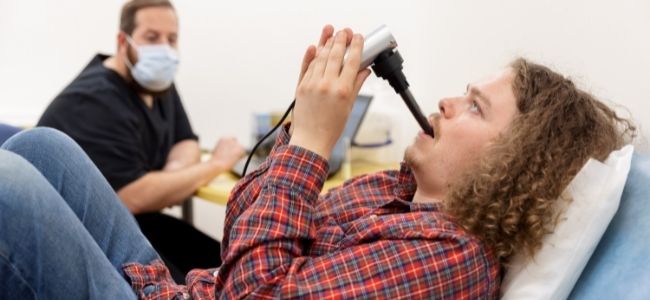
During our @30 clinic, we have introduced a number of new measures. One of which is a glycocalyx check. Professor of Epidemiology at the University of Bristol, Deborah Lawlor, explains more...
“For the first time in the Children of the 90s study, we will be measuring the health of the lining of blood vessels. This is done with a probe that is placed under your tongue and has to be kept there for about 6 minutes. It measures the glycocalyx in the blood vessels under your tongue.
"The glycocalyx is a bit like a raincoat that lines the inside of blood vessels and stops them from being damaged. In some people it can become thin and let cells in the blood into blood vessel walls (a bit like letting the rain in). It is thought that when that happens it can result in stiff or thickened arteries. But there is very little research of this measure in a general healthy population.
"I am really excited that for the first time we will be measuring this in a large study of two generations – the original parents and their children. We will be able to see what things relate to differences in the glycocalyx, whether it differs between women and men, and by age. We will also be able to explore whether different genes, diets, body shape and size result in differences in the glycocalyx, and whether it relates to blood pressure and other measures of health we have collected.
"As it has always been, Children of the 90s is at the cutting edge of research using this new measure."

